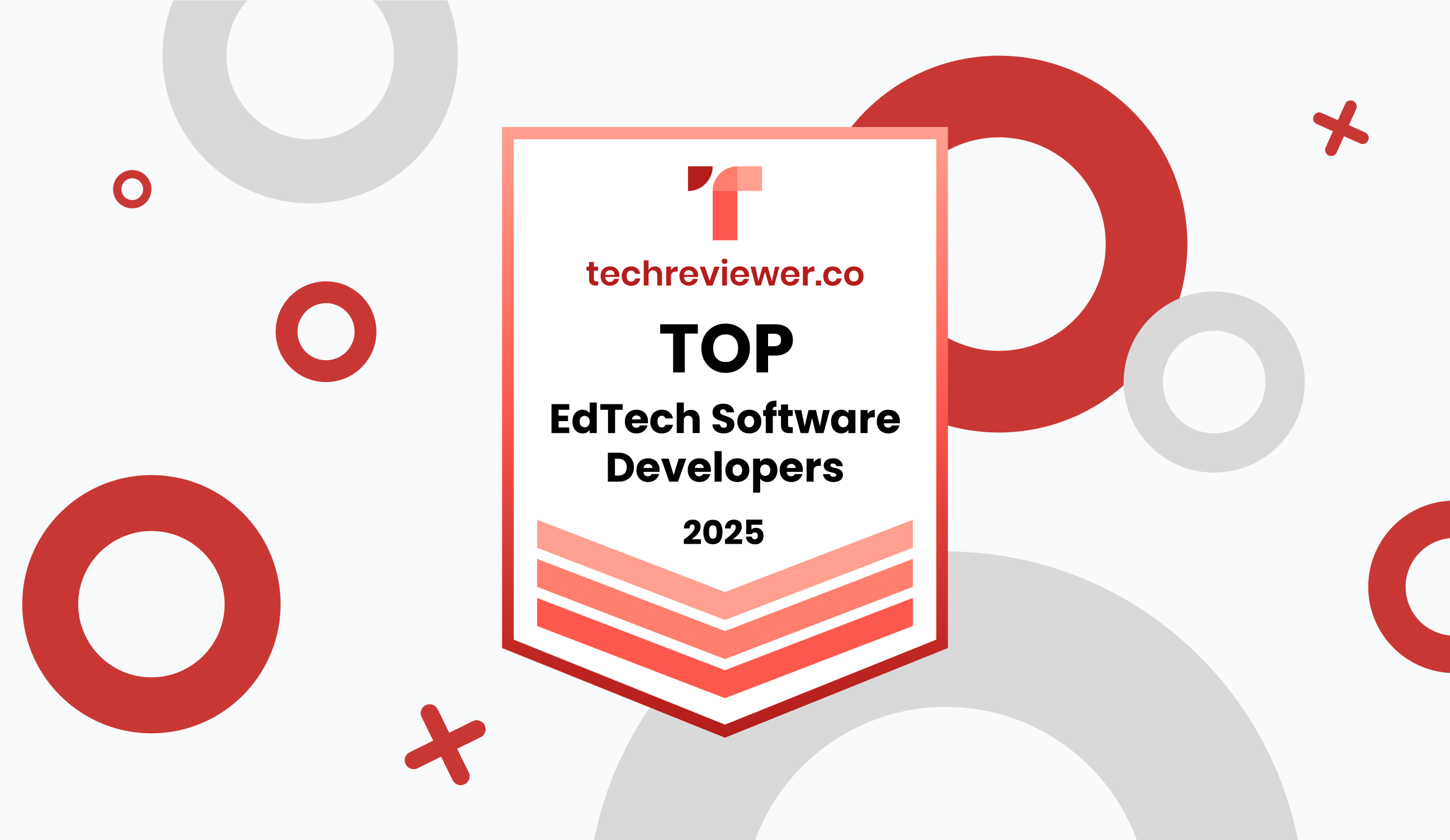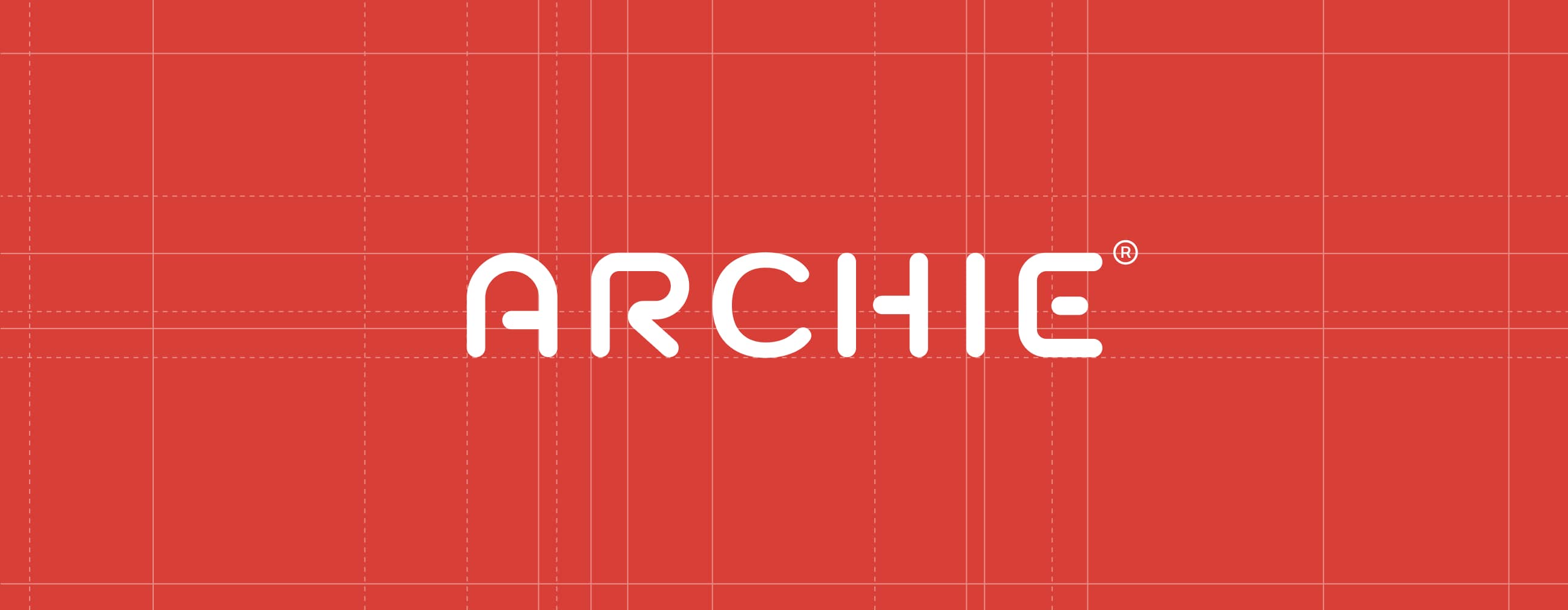The 3 Types of AI: Narrow, General & Superintelligence

Artificial intelligence is no longer confined to research labs. Although it’s shaping everything from how we automate business operations to how we generate creative breakthroughs, not all AI is the same.
To understand where AI stands today, and where it’s headed, it helps to think of it in three levels which represent distinct stages in the evolution of machine intelligence.
In this article, we’ll explain the 3 types of AI in practical, human terms to help you understand how these different forms of AI shape the software you build and the world you lead.
What are the 3 types of artificial intelligence?
Artificial intelligence generally falls into three levels of capability: Narrow AI, General AI, and Superintelligence. Each represents a milestone in how machines understand, learn, and ultimately collaborate with us, from today’s practical systems to the transformative technologies of tomorrow.
Narrow AI: Focused intelligence built for a single purpose, like chatbots, recommendation engines, or image recognition tools. It’s the foundation of nearly all AI products in use today.
General AI: The next horizon, which is adaptable, human-level systems that can reason, learn, and apply knowledge across multiple domains. It’s still in research, but progress is accelerating.
Superintelligence: A theoretical form of AI that surpasses human intelligence in creativity, strategy, and decision-making — the ultimate expression of what AI could become.
Let’s dive into Narrow AI first.
Narrow AI: The AI We Use Every Day
Narrow AI (sometimes called Weak AI) focuses on doing one thing, and doing it exceptionally well. It’s designed for a specific purpose, like recognizing faces in photos, recommending the next song on your playlist, or automating a customer chat.
This is the AI we all interact with daily. ChatGPT, Siri, image-recognition systems, and recommendation engines all fall under this category. While these tools can feel intelligent, they can’t learn beyond their training or transfer knowledge across domains.
At Archie Labs, this is where much of today’s innovation happens. When we design AI-powered software, we focus on specialized intelligence that amplifies human capability. These solutions make teams faster, more consistent, and more creative within their focus areas.
Now that we know about Narrow AI, we can explore General AI.
General AI: The Next Big Step
General AI (or Strong AI) envisions machines capable of reasoning, learning, and adapting across domains with human-like versatility. Unlike Narrow AI, which is limited to a single domain, General AI can transfer knowledge, solve unfamiliar problems, and self-improve without explicit programming.
While true General AI doesn’t yet exist, we’re getting closer. Agentic AI systems, adaptive models, and reasoning frameworks are early indicators of what’s coming. Researchers and innovators across the globe are exploring how to make machines think beyond their training data, a critical step toward human-level intelligence.
At Archie Labs, we see this as the next great inflection point. Our approach, AI Spec-Driven Development, bridges the gap between today’s practical AI and tomorrow’s adaptive systems. By blending structured AI specs with human creativity, we help founders and enterprises prepare for the coming wave of truly intelligent applications.
While General AI remains on the horizon, the true promise of AI lies in superintelligence.
Superintelligence: The Future of AI
Super AI (or Artificial Superintelligence) refers to a level of intelligence that surpasses human capability across all dimensions, like creativity, problem-solving, emotional understanding, and decision-making.
Right now, Super AI remains theoretical, but it has immense potential. It raises critical questions about ethics, alignment, and control, as well as the possibilities of building systems that help humanity tackle problems we can’t solve on our own.
At Archie Labs, these questions shape our work right now. Every system we build has to prioritize safety, operate transparently, and create value that’s broadly shared.
Why It Matters
Understanding the 3 types of artificial intelligence isn’t just academic, it’s strategic. Whether you’re building a startup or leading an enterprise, knowing the differences between Narrow AI, General AI, and Super AI helps you make smarter technology choices.
At Archie Labs, we bridge today’s AI capabilities with tomorrow’s breakthroughs. Our teams blend agentic AI systems, AI-driven design, and nearshore engineering talent to create intelligent software that’s ready for the future.
To prepare your organization for General AI and beyond:
- Start small, think big. Use Narrow AI to automate focused tasks and collect valuable data.
- Build adaptable architectures. Design software that can evolve with smarter models.
- Empower your team. AI doesn’t replace people, it multiplies their impact.
“We believe that by encoding intent, not just behavior, into AI systems, we can build the bridge from today’s Narrow AI to the adaptive intelligence of tomorrow.” — Albert Santalo, Founder & CEO, Archie Labs
Ready to build AI that scales with your ambitions? Schedule a free consultation to discuss your project and explore what’s possible.
People Also Ask
1) What are the 3 types of artificial intelligence?
The three types are Narrow AI (task-specific systems used today), General AI (human-level, adaptable intelligence that’s not yet achieved), and Super AI (theoretical intelligence that exceeds human performance across most tasks).
2) What is Narrow AI (Weak AI) with examples?
Narrow AI is built for a single domain, such as chatbots, recommendation engines, fraud detection, or image recognition. It’s the AI that powers most real products today and is central to how Archie Labs designs production systems.
3) How does General AI differ from Narrow AI?
General AI would transfer learning across domains, reason about new problems, and adapt with minimal supervision. Narrow AI is specialized and optimized for one task; General AI is flexible and broadly capable (still a research goal).
4) Does General AI exist today?
Not yet. We see promising steps—agentic AI, tool-use, and reasoning frameworks—but no system matches the versatility of human intelligence across domains.
5) What is Super AI (ASI)?
Super AI (Artificial Superintelligence) is a hypothetical level that surpasses human cognition in most areas, including creativity and strategy. It’s important for long-term governance, alignment, and safety planning.
6) Which type of AI should businesses focus on now?
Focus on Narrow AI for practical wins (automation, personalization, analytics). Build future-ready architectures so you can upgrade to more adaptive systems as the tech matures.
7) How can teams prepare for General AI?
- Invest in clean, well-governed data
- Use modular, API-first architectures
- Adopt AI spec-driven development to encode behavior, quality, and guardrails
- Upskill teams on prompting, evaluation, and human-in-the-loop operations
8) Is AI replacing people?
No. AI multiplies human impact. The biggest gains come from AI-human collaboration: people set goals and constraints; AI accelerates execution.
9) How does Archie Labs help with the transition from Narrow to General AI?
We combine AI Spec-Driven Development with agentic AI and nearshore engineering to ship production-grade Narrow AI now, while laying the data, evaluation, and safety foundations for more adaptive systems later. Build with us.
10) What are examples of Narrow AI use cases to start with?
- Customer support copilots
- Lead qualification & routing
- Automated reporting & insights
- Document extraction & workflow automation
- Personalization & recommendations

